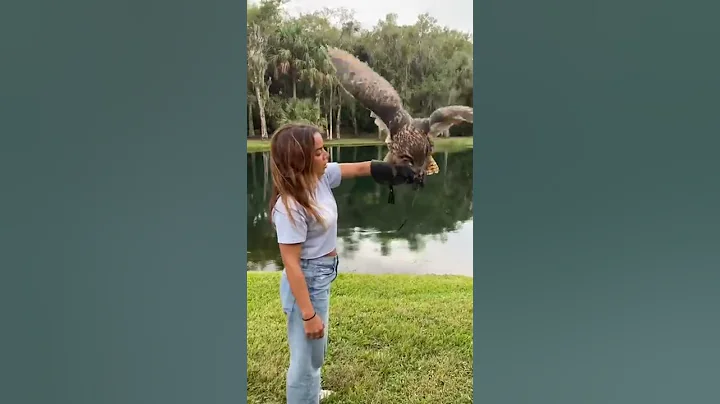A very small round-headed owl without ear hairs. Females are larger than males, weighing 20g. A highly polymorphic species with grey-brown and red morphs, and those in between. The first form is grayish-brown above, with fairly dense dark yellow to white stripes on the forehead and top of the head, and a distinct "occipital face" on the nape, formed by very clear black "false eyes" and a hazel border ;The mantle is slightly darker than the crown, with white light brown spots. The wing cover has two colors: light and dark, and the white area of the outer web of the shoulder blade forms a row of obvious spots on the shoulder. The flight feathers of and are dark gray-brown, with white light brown spots on the two webs, forming incomplete strips. The dark brown tail has 6 to 8 reddish brown, ocher or white-yellow strips. The throat is gray-white, and the upper part is creamy gray-brown with dark yellow stripes and spots on both sides; the remaining lower part is white with bold brown or gray-brown stripes. There are white spots on the light brown face plate and white eyebrows. The eyes are yellow, and the mouth and meninges are green-yellow. Tarsi has feathers, yellow bristled toes, and dark claws with black tips.

The red morph has a similar pattern, but is usually reddish-brown to orange-yellow, with the tail blocked to a reddish-brown color. Young downy chickens are white. The patterns of mesozoids are not as clear as those of adults. The crown is usually grayer than the back, and the forehead is flat with small pale axial stripes. A long sequence of hollow poip-poip-poip-poip notes is given, somewhat like the notes of an iron pygmy owl, but in a slower sequence, about 2.5-3 notes per second.

Food and hunting insects account for 60% of the diet, reptiles more than 20%, and birds 10%; the remainder is made up of small mammals. This species typically captures prey from a perch or darts through dense foliage or shrubbery. The prey is sometimes heavier than the owl itself.

habitat prefers open woodlands and semi-open areas with giant cacti and thorny shrubs, usually in lowlands but sometimes up to 1500 meters or slightly higher. Status and distribution occur in the United States from Arizona and Texas south to northwest Colombia. It is common locally but is significantly reduced in the northern part of its range ( southern United States ).

Geographic variation Two subspecies are known: Nominated ridgwayi is found from Texas and Mexico south to northwestern Colombia; from Arizona south to western Mexico cactorum has a typically gray, pale tail bar Always reddish brown or tan (never white). This owl was considered a subspecies of the Ferruginous Pygmy Owl for a long time, but it was recently isolated on the basis of DNA data and vocal differences. However, the Brazilian brasilianum complex clearly represents a superspecies, with various related conspecifics and paraspecies. Further research is needed to conclusively determine which of these have reached species level. Similar species to all other Artemisia species in the region have spots instead of stripes, a crest, and a less densely fenced tail. Sympatric Elf Owls are much smaller, have short tails, no occipital bones, and dense vermiculite underneath.






















